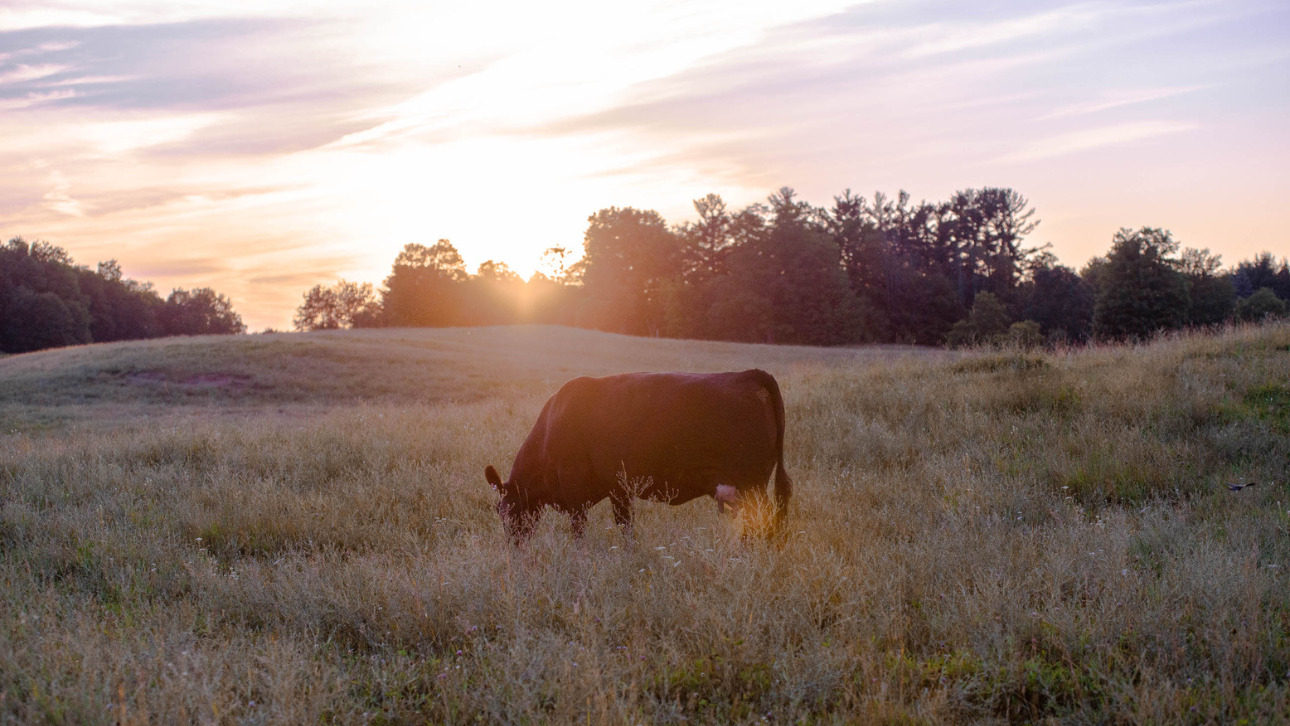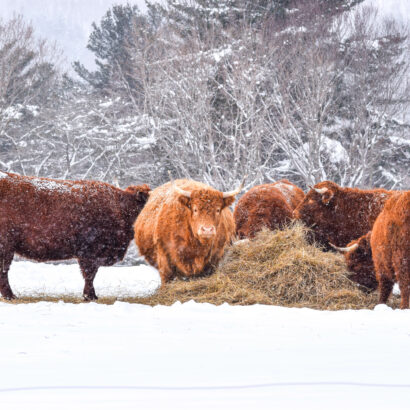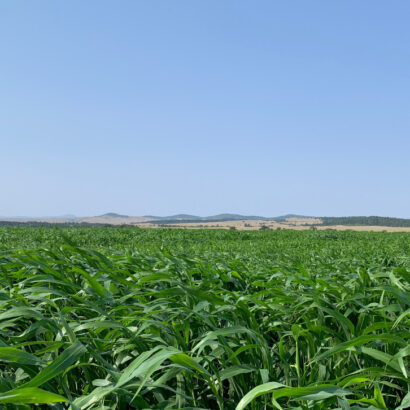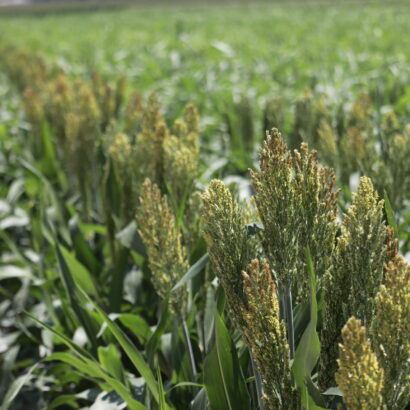The end of the year always brings on thoughts of improvement for next year. For cattle producers, it means looking at this year’s numbers and crunching next year’s budgets for nutrition, health, and breeding. Controlling costs and minimizing inputs is still the easiest way to forecast a profit when raising a commodity with a value that is out of your control.
Projecting a forage budget needs to start by analyzing your feeding method and feed stuff needs. I think there are three feeding methods to focus on when developing feed budgets this winter: grazing, silage, and dry hay.
Grazing will always be the lowest input option. Punching in a zero for harvesting expenses such as cutting, baling, and hauling can yield big savings. You’ll also save in your budget when you factor in the costs incurred during feeding. The downside to a grazing-only budget is the low upside from high-value land, and the fact that there will be a time in some areas of the country when weather doesn’t allow the cattle to graze. I mention the high value land because there does become a threshold where there aren’t enough grazing days to offset potential income from cash crops in certain scenarios. However, when you just want to be a cowboy or have all your owned land paid off, plant low cash input crops and let your cows feed themselves.
If your feeding system is based around wet feed, you need yield. High tons per acre will quickly lower your cost/ton of feed in a high input system. I’ve been running comparisons of low input crops such as forage sorghum vs. high input crops such as corn and the differing factor of a cheaper product is always tons/acre generated. This means that on land in environments where potential is low for yield, you should plant low input crops. Vise versa if you have great producing soils that’ll crank out high tonnage crops, you can afford to increase your input costs. Remember that when calculating your cost per ton of silage you should always compare value on a dry matter basis. So, if your corn calculated out to be $45/ton and is 65% moisture, your actual cost on a dry matter basis would be $115/ton (at 10% moisture). Silage crops compared to hay crops generally have less waste and shrink, which will always lower your daily feed cost.
In a hay feeding system your priority should be minimizing waste to lower your feed budget. Minimizing waste always starts with having a highly palatable product. Palatable hay starts with using a product with fine soft stems. Feeding hay with coarse stalks that aren’t utilized as feed increases shrink and increases your feed ration cost. Harvest costs for haying vs. chopping are lower especially when yield is lower. This is one of the key reasons why high-quality low yielding crops should be hayed and low-quality, high yielding crops should be chopped. When calculating hay budgets, I really like to compare your cost/ton of hay produced to the value of hay purchased. Currently, we are in a high valued feed market, which now means we can likely produce hay under the market value.
Analyzing your feed crop acres and budgeting them for next year will get you in line with your livestock budgets. Eliminating and decreasing inputs on grazing scenarios will yield a higher return per cow. But, on the contrary, increasing inputs to increase yield will lower your cost per ton generated per acre. Understanding these dynamics and capitalizing on each side of the spectrum is what will keep your cows around with your forage budget.




Discussion
0 Comments